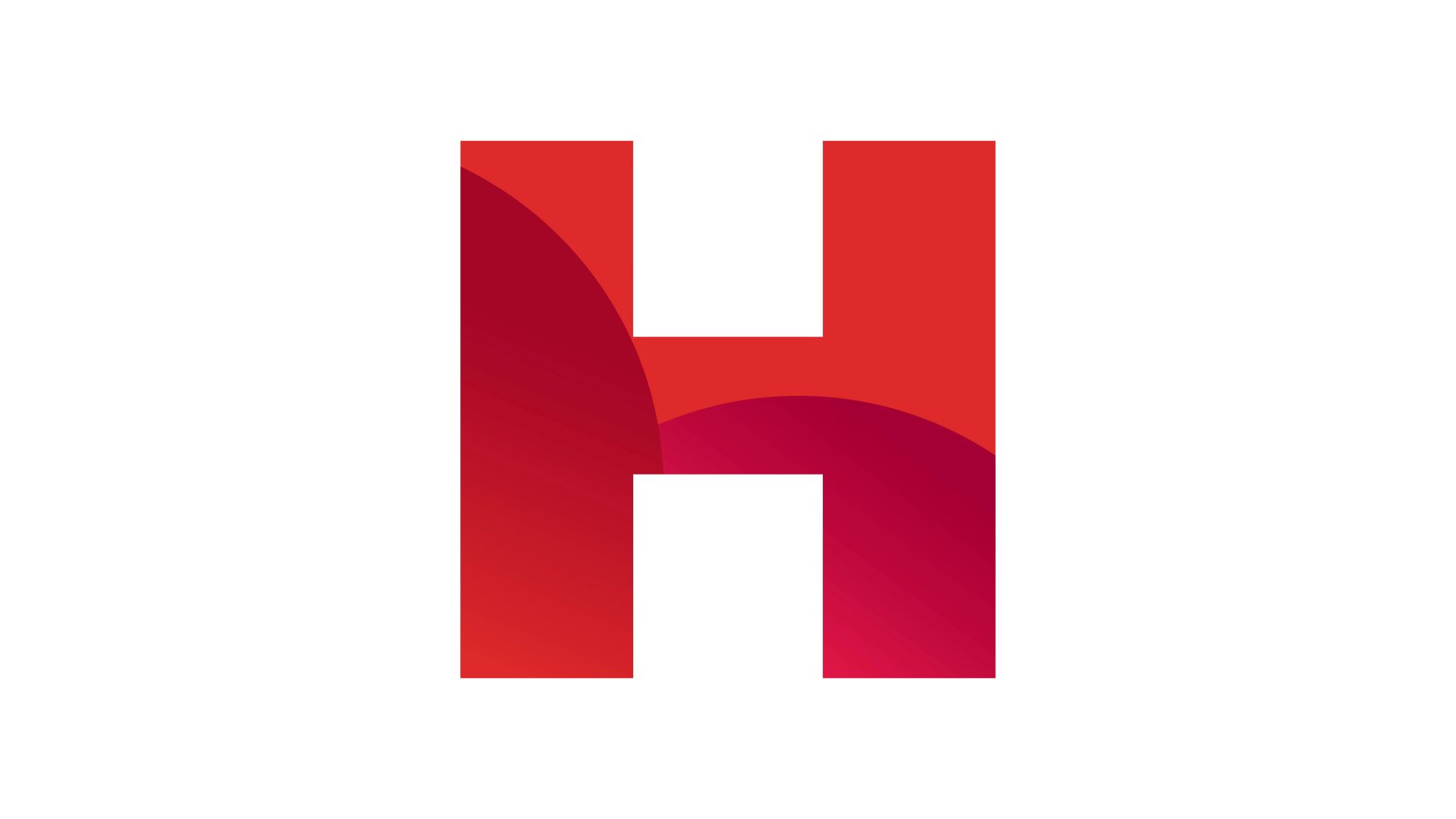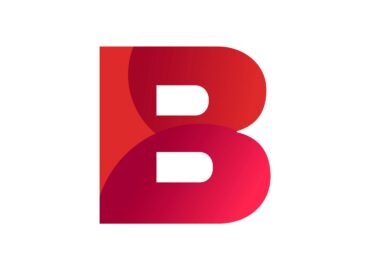H – Glossary
The process of identifying employees with the potential to succeed in leadership or other high-impact roles within an organization.
The collection of tools and software used by an organization to manage HR processes and data.
HR business partners are human resource professionals that work with business leaders to keep the organization’s human resources strategy in check with the overall business objectives. They act as strategic advisors of the business by guiding on different HR matters such as workforce planning, employee engagement, talent management and organizational development. HR business partners implement HR programs and other talent development activities to support the business objectives. They work together with managers to address the issues and identify the workforce needs to ensure a productive workflow that supports the employees and organization.
The use of data and analytics to measure and optimize the value of an organization’s human capital.
Human Capital Management is a process of managing the workforce, effectively recruiting new employees and improving the employee skills within the organization to ensure organizational productivity. By managing internal talent, investing in employee development and treating them like asset managers can make the most out of them and maximize the organizational value.
Employees identified as having the potential for future leadership roles within an organization.
An employee who demonstrates the potential to succeed in a leadership role within an organization.
HRIS is a type of software that helps organizations to manage and automate HR tasks and services. An HRIS software can be integrated with different tools which can be custom fit according to organizational needs. The software can be used as a centralized platform to streamline the HR functions such as payroll processing, performance management, keeping employee records and training and development. The HRIS software helps organizations with improved accuracy, increased efficiency, compliance with legal requirements, enhanced data security and improved collaboration between HR professionals and stakeholders. The choice of HR software depends on the organizational size, budget and other HR functions it needs to be calibrated for.
Human Resource Management (HRM) is a business function that carries out tasks such as recruiting, developing talent and taking care of the issues and challenges employees face within an organization. HRM is often referred to as HR functions but it is not limited to them and includes other duties of creating and implementing effective work policies. The term human resource came into existence in the early 1900s and from that time has changed drastically. With the integration of modern HR software and technology today the duties are carried out swiftly by making the most of HR practices that reduce risks and maximize the organization’s ROI.
The practice of using data analytics to measure and improve HR metrics, such as employee retention and performance.
A strategic role within HR that aligns business objectives with HR strategies and practices.
The collective skills, knowledge, and abilities of an organization’s employees.
A software system used to manage and automate HR processes and data, such as payroll, benefits administration, and employee records.



